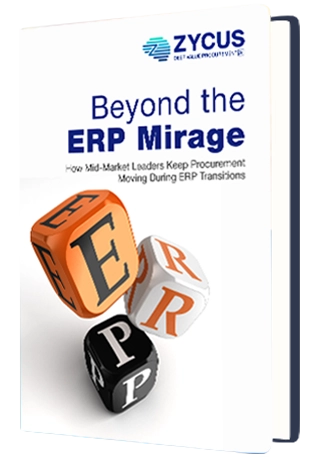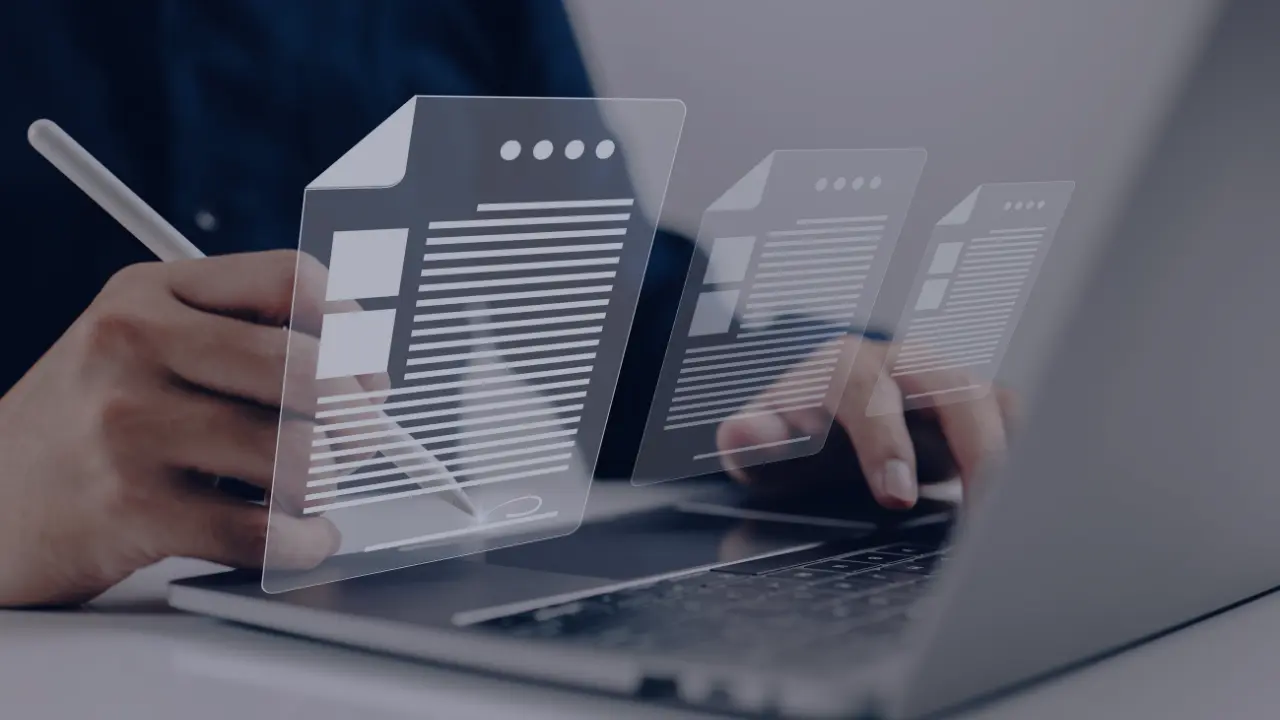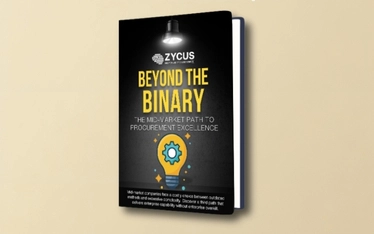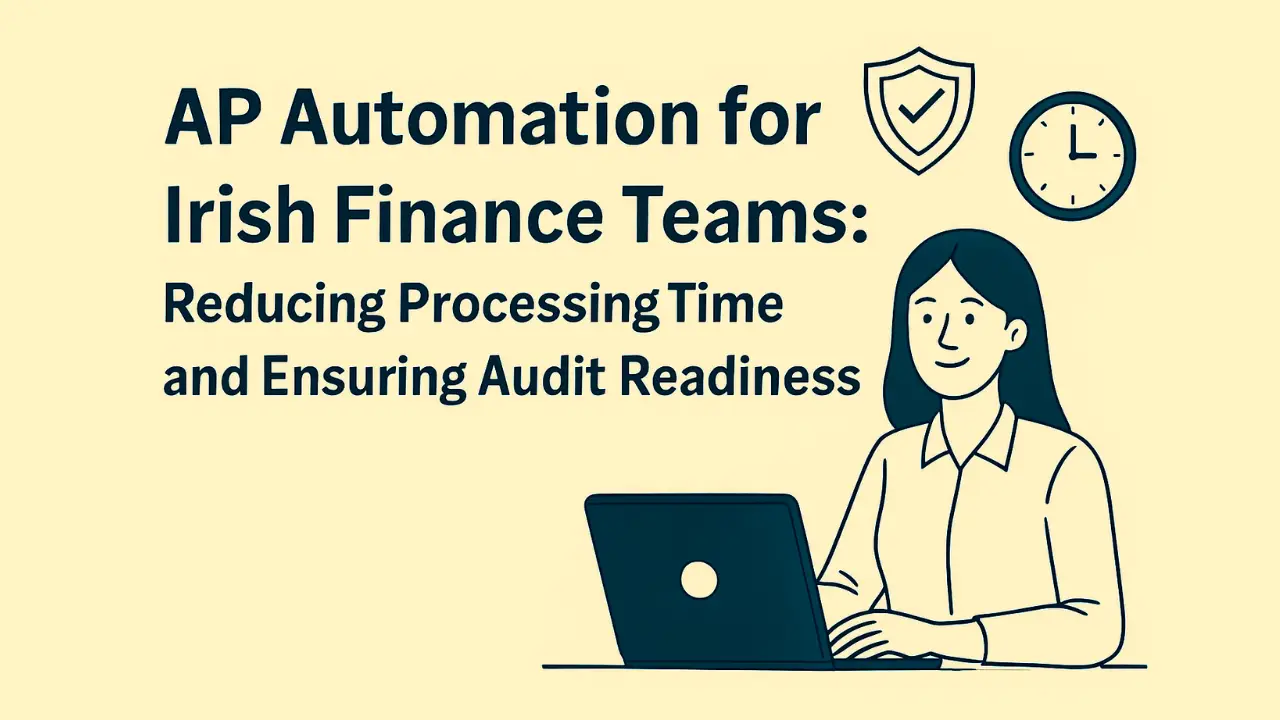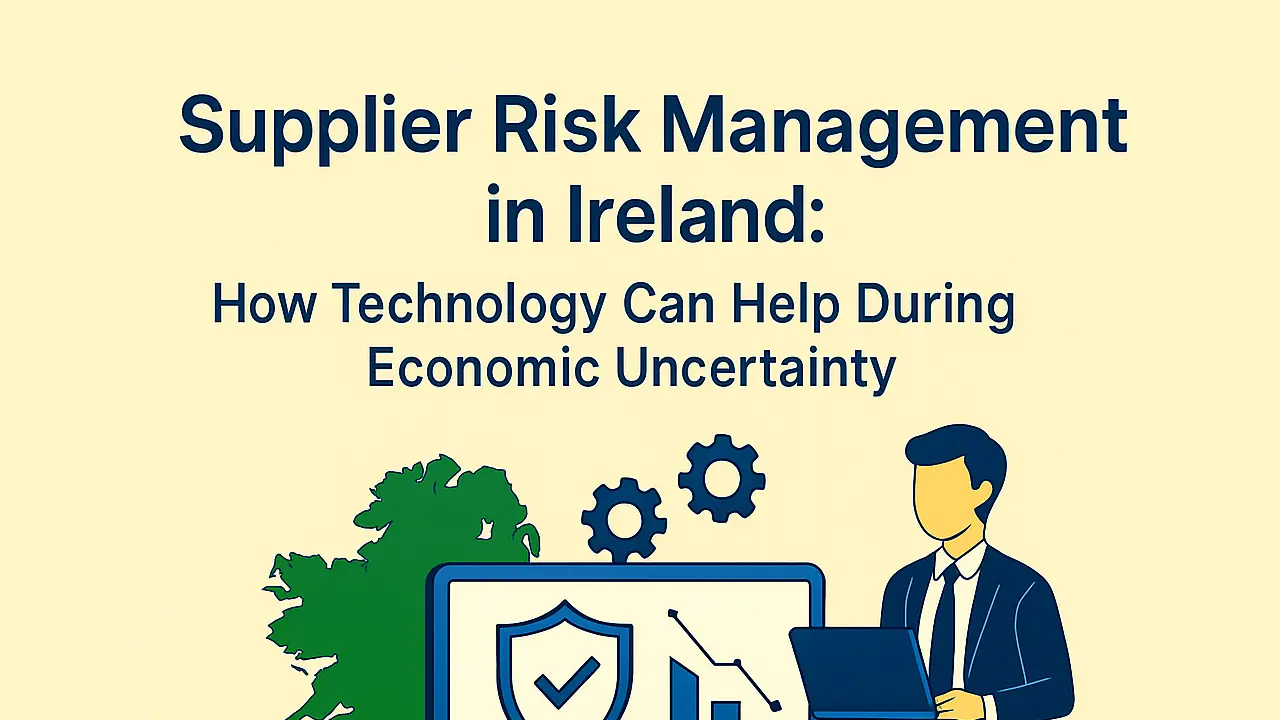Introduction: Benefits of Source to Contract Automation
Living in a world where trends are everything, organizations are keen to follow industrial trends to optimize processes and gain the maximum benefits from disruptions. One such trend, gaining considerable momentum, is Source to Contract automation, which offers far more than just financial benefits. While reducing costs is a key objective, the broader impact of automation extends to risk management, supplier relationship management, and even sustainability.
Key Takeaways:
- Source-to-Contract (S2C) automation boosts productivity by reducing procurement cycle times by up to 30%.
- Automating S2C can enhance compliance by 40%, as manual errors are minimized.
- S2C automation enables improved supplier collaboration and more sustainable procurement processes.
- Automated systems reduce maverick spending by 40%, resulting in greater control over procurement.
1. Streamlined Workflows and Enhanced Efficiency
One of the primary benefits of Source-to-Contract automation is the streamlined workflow it creates. By automating repetitive, time-consuming tasks, procurement teams can focus on strategic activities that drive value. Manual processes are often prone to errors, leading to unnecessary costs and delays.
According to Gartner, organizations utilizing S2C automation see a 25-30% reduction in procurement cycle times. Automation not only minimizes human error but also ensures that resources are optimally used, enabling procurement professionals to focus on high-impact activities that drive growth and innovation.
2. Improved Compliance and Risk Management
Manual procurement processes are often rife with errors and inconsistencies, leading to non-compliance and increased risks. Source-to-Contract automation ensures that procurement contracts adhere to standardized formats, reducing the chances of missing crucial clauses.
A study by the Hackett Group shows that companies using automation achieve a 40% higher compliance rate. Risk mitigation becomes more manageable as automation tools offer real-time visibility into contract terms, regulatory requirements, and supplier risks. With S2C automation, businesses can ensure they are compliant with industry standards, helping them avoid legal liabilities.
Explore how automation improves compliance in procurement.
3. Enhanced Supplier Relationship Management
Supplier relationships are critical for successful procurement operations. S2C automation fosters better supplier collaboration by providing a centralized platform for managing interactions, performance tracking, and contract obligations. This improves the transparency and accountability of both parties.
In a ProcureCon survey, 64% of procurement professionals noted that automation improves supplier relationships. By maintaining more consistent communication and ensuring obligations are met on time, automation helps procurement teams cultivate stronger, more strategic partnerships with suppliers.
To learn more about improving supplier collaboration, visit supplier management solutions.
4. Data-Driven Insights for Strategic Decision-Making
With the rise of big data, procurement teams can now leverage automation tools to analyze historical data and gain actionable insights. However, manual analysis is often slow and prone to errors. S2C automation solves this by integrating analytics directly into the procurement platform.
The International Association for Contract and Commercial Management (IACCM) found that companies using data-driven S2C automation saw a 20% reduction in sourcing costs and a 10% increase in savings. Real-time analytics allow procurement professionals to make informed decisions, optimizing supplier selection, contract negotiations, and overall procurement strategy.
5. Agility and Adaptability in a Dynamic Market
As industries evolve, the ability to adapt quickly can be the difference between staying competitive or falling behind. S2C automation accelerates the contract creation process, allowing organizations to seize opportunities as they arise. According to the Aberdeen Group, automation leads to a 47% faster contract creation cycle time, enabling procurement teams to respond faster to market changes.
Organizations using automation tools can quickly adjust to new demands, regulatory changes, and market conditions without the typical delays associated with manual processes.
Explore how agile procurement can give your organization an edge: Source-to-Pay Automation.
6. Reduced Maverick Spending
Maverick spending—purchasing outside of approved channels—can inflate costs and lead to suboptimal supplier relationships. With S2C automation, procurement teams can enforce standardized purchasing practices and monitor spend in real-time.
A report by Levvel Research found that businesses with automated procurement systems saw a 40% reduction in maverick spending. By routing all purchases through approved channels and ensuring compliance with supplier contracts, automation helps organizations maintain better control over their procurement budgets.
7. Supporting Sustainability and Corporate Social Responsibility
Sustainability has become a key focus for organizations, and procurement plays a critical role in reducing environmental impact. Source-to-Contract automation allows businesses to incorporate sustainability criteria in their supplier selection process, ensuring they work with eco-conscious vendors.
A study by EcoVadis revealed that businesses using automation saw a 20% improvement in sustainable procurement scores. Automation helps organizations track their suppliers’ environmental impact, making it easier to make sustainable decisions that align with corporate social responsibility goals.
Conclusion:
Source-to-Contract automation is no longer just about reducing costs—its benefits extend across compliance, risk management, supplier relationships, sustainability, and beyond. As procurement becomes more strategic in modern enterprises, automation provides the tools needed to meet these evolving challenges while ensuring greater efficiency and adaptability in a fast-paced market.
By integrating automation into their procurement processes, organizations can unlock new opportunities, manage risks more effectively, and drive long-term value creation. For more details on automation solutions, visit Zycus’s Source-to-Pay platform.
To learn more about how you can get your source-to-contract process to be more efficient and profitable, click here to explore your options.
FAQs
Q: What is Source-to-Contract automation?
It is the use of technology to automate procurement processes from supplier selection to contract management.
Q: How does S2C automation improve supplier relationships?
Automation enhances communication, collaboration, and performance tracking, improving supplier management.
Q: Can S2C automation help in risk management?
Yes, by providing real-time data and analytics, it helps in identifying and mitigating procurement risks early on.
Q: What is the impact of S2C automation on compliance?
Automation ensures higher compliance rates through standardized processes and better contract management.
Q: How does S2C automation improve decision-making?
Automated systems offer data-driven insights, enabling strategic sourcing and better procurement decisions.
References:
- Streamlined Workflows and Enhanced Efficiency – Gartner. “Source-to-Contract Automation in Modern Procurement: A Comprehensive Study.” 2022.
- Improved Compliance and Risk Management – The Hackett Group. “Enhancing Compliance and Mitigating Risks Through Supplier Contracts Automation.” 2020.
- Enhanced Supplier Relationship Management – ProcureCon. “Prioritising Sustainability: Navigating Supply Chain Resilience and Driving Supplier Collaboration in Procurement ” 2021
- Data-Driven Insights for Strategic Decision-Making – Science Direct. ” Strategic business value from big data analytics: An empirical analysis of the mediating effects of value creation mechanisms” 2022.
- Agility and Adaptability in a Dynamic Market – HBR. ” Six Best Practices for Elevating Procurement at Your Organization” 2021.
- Mitigation of Maverick Spending – Zycus. “Five Ways to take Control of Maverick Spend!” 2019
- Sustainability and Corporate Social Responsibility – EcoVadis. ” EcoVadis Provides 2021 Sustainable Procurement Report ” 2021.
Related Read:
- Blog – Supplier Management–Benefits, Process, & Best Practices
- Blog – Linking Source-to-Contract & Procure-to-Pay
- Supplier Relationship Management: A Comprehensive Guide 2023
- Blog – Maverick Buying: Ways to Identify & Stop Maverick Buying
- Download Whitepaper – Supplier Performance Evaluation for Better Results
- White Paper – Ensuring Efficient Supplier Risk Management with Supply Chain Transparency
- Blog – Mastering Procurement: Demystifying Source to Contract (S2C)


















































